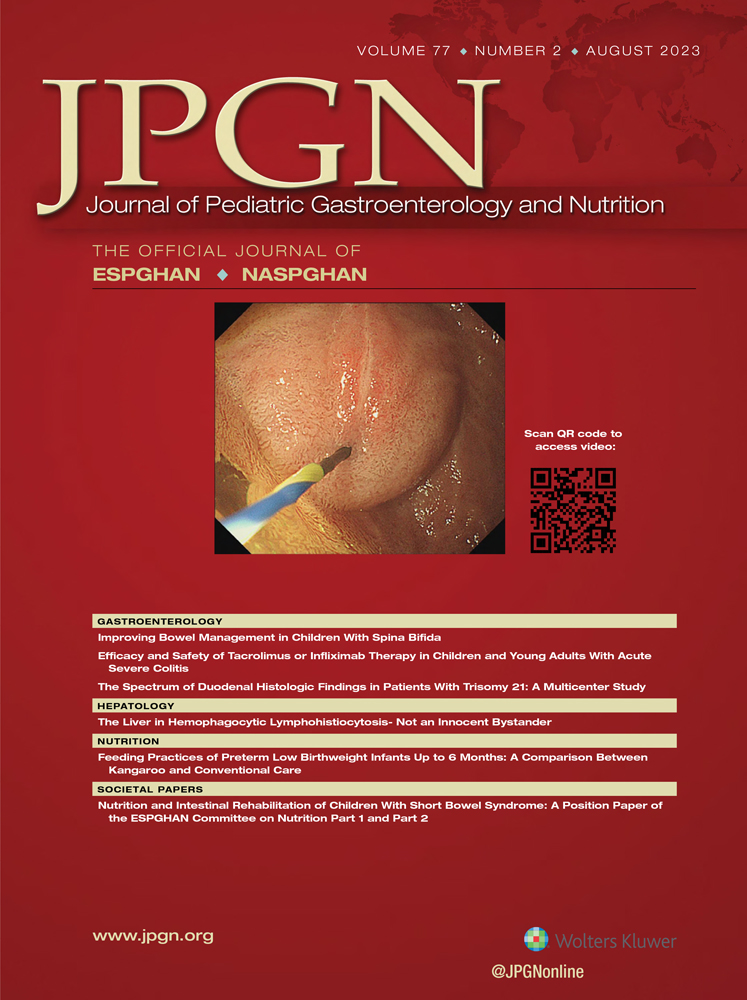Hypohydration, Functional Constipation, and Physical Activity in Elementary School Students
The authors report no conflicts of interest.
Supplemental digital content is available for this article. Direct URL citations appear in the printed text, and links to the digital files are provided in the HTML text of this article on the journal’s Web site (www.jpgn.org).
Sources of Funding: This study was supported by Conselho Nacional de Desenvolvimento Científico e Tecnológico (CNPq, Brazil) and Coordenação de Aperfeiçoamento de Pessoal de Nível Superior (CAPES, Brazil).
Abstract
This school-based, cross-sectional study aimed to evaluate whether hypohydration is related to functional constipation and physical activity in school-aged children. The study included 452 students aged 6–12 years. Hypohydration, defined as urinary osmolality >800 mOsm/kg, was more prevalent (P = 0.002) in boys (72.1%) than in girls (57.5%). The difference in the prevalence of functional constipation according to sex (20.1% in boys and 23.8% in girls) was not statistically significant (P = 0.81). In bivariate analysis, functional constipation was associated with hypohydration in girls (odds ratio = 1.93, 95% confidence interval: 1.07–3.49), and multiple logistic regression did not reach statistical significance (P = 0.082). Low proportions of active commuting to school in both sexes were associated with hypohydration. However, there were no associations between functional constipation, active commuting to school, and physical activity scores. In conclusion, multiple logistic regression did not demonstrate an association between hypohydration and functional constipation in school-aged children.




